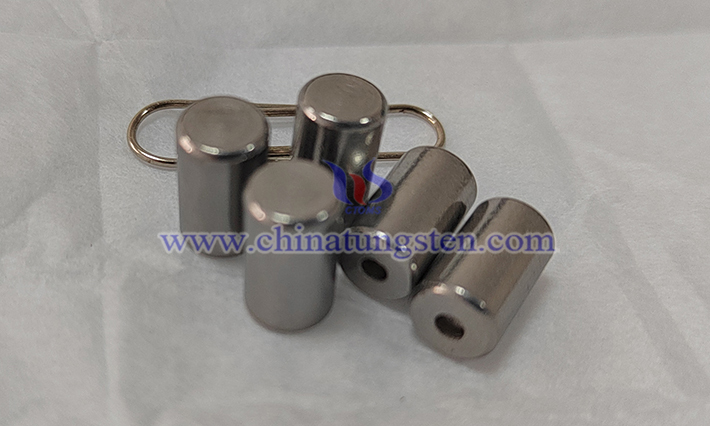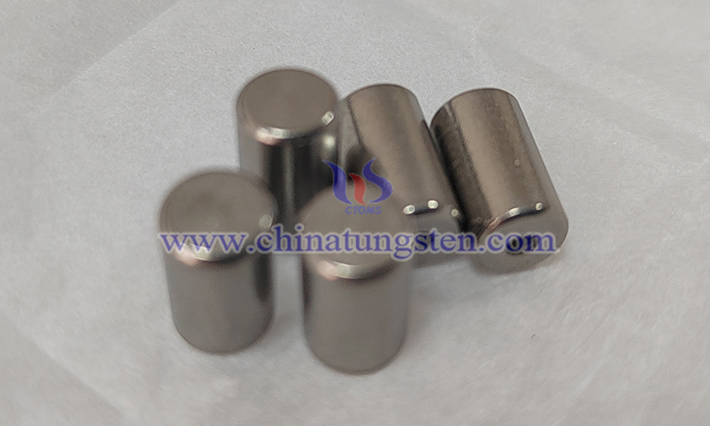Factors Affecting the Burnout Rate of Barium Tungsten Electrodes
- Details
- Category: Tungsten Information
- Published on Tuesday, 27 May 2025 17:47
- Written by Zhenghua
- Hits: 15
Barium tungsten electrodes are mainly used for certain specific applications, such as plasma welding or discharge machining, and their burnout rate (the loss rate of electrode materials caused by high temperature, arc or other factors during operation) is affected by many factors. The following are the main factors affecting the burnout rate of barium tungsten electrodes:
1. Electrode Material Composition
The Role of Barium Additives: Barium is added to the tungsten matrix as a low work function material, which can reduce the electron escape work function, improve arc starting performance and arc stability, thereby reducing burnout. However, the content and distribution uniformity of barium directly affect the electrode's burnout resistance. Excessive barium content may cause the electrode to volatilize more at high temperatures and increase the burnout rate.
Tungsten Matrix Purity: High-purity tungsten has a higher melting point and corrosion resistance, which can effectively reduce burnout. If there are more impurities in tungsten, it may accelerate material loss at high temperatures.

2. Working Current and Arc Characteristics
Current Type and Size: Excessive current density (amperes/square meter) will significantly increase the electrode temperature, causing volatilization and burning of barium or tungsten. DC positive electrode connection (DCEP) is more likely to cause burning than DC negative electrode connection (DCEN) because the electrode is subjected to a higher heat load when connected positively.
Arc Stability: Arc instability may cause local overheating and accelerate electrode burning. The low work function of barium helps stabilize the arc and reduce burning, but the arc length and ambient gas also affect stability.
Power Supply Stability: Unstable power supply output may cause arc fluctuations, increase local overheating and burning of the electrode.
3. Working Environment
Working Temperature: Barium tungsten electrodes work at high temperatures, and barium is highly volatile. Long-term high-temperature operation will increase the burning rate. Proper cooling can effectively reduce burning.
Environmental Humidity and Oxygen Content: High humidity or high oxygen content will accelerate the oxidation reaction of tungsten electrodes, resulting in the formation of oxides on the surface and increasing the burning rate.

4. Gas Shielding
Type of Shielding Gas: Helium has a higher thermal conductivity, which may increase the electrode temperature and burnout rate. Argon is more conducive to reducing burnout. When the gas purity is insufficient or contains impurities such as oxygen and moisture, it will accelerate electrode oxidation and burnout.
Gas Flow Rate: Insufficient shielding gas flow rate cannot effectively isolate the air, which may cause oxidation of the electrode surface and increase the burnout rate. Excessive flow rate may disrupt arc stability and indirectly affect burnout.
5. Electrode Geometry
Electrode Tip Angle: The cone angle of the electrode tip affects the current density distribution. A smaller cone angle (sharp) will cause current concentration, local temperature increase, and increase the burnout rate; while a larger cone angle (blunt) can disperse heat and reduce burnout.
Electrode Surface Treatment: The surface of the ground or polished electrode is smoother, which can reduce local discharge and burnout. Electrodes with rough surfaces or defects are more likely to wear out at high temperatures.
- Chinatungsten Online: www.tungsten.com.cn
- CTIA GROUP LTD: en.ctia.group
- Tungsten News & Price: www.ctia.com.cn
- Molybdenum News & Price: news.molybdenum.com.cn
- Tel.: 86 592 5129696; Email: sales@chinatungsten.com





 sales@chinatungsten.com
sales@chinatungsten.com